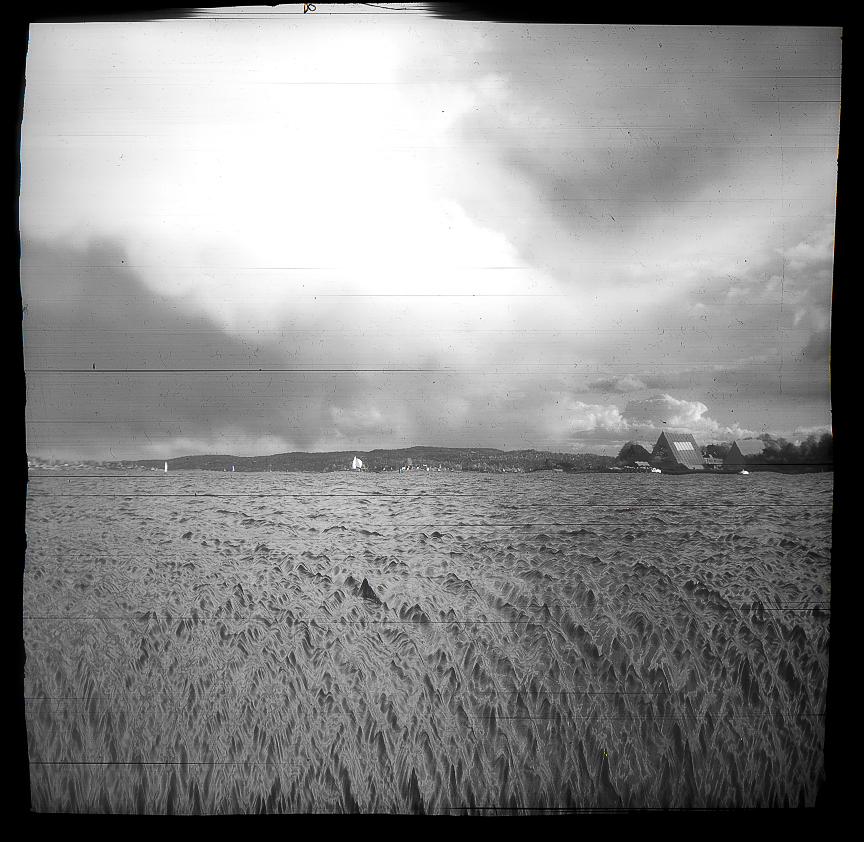this post was submitted on 28 Jul 2024
221 points (97.4% liked)
Photography
5027 readers
48 users here now
A community to post about photography:
We allow a wide range of topics here including; your own images, technical questions, gear talk, photography blogs etc. Please be respectful and don't spam.
founded 2 years ago
MODERATORS
you are viewing a single comment's thread
view the rest of the comments
view the rest of the comments

In addition to scanning left to right, your scanmra must also have a decent readout delay for a given horizontal location top to bottom (or bottom to top?).
Excellent photo, as always. Water is a excellent subject for this type of camera. I wonder what a busy road at night would look like.
As for busy road at night, I’m afraid that with this way of doing scanning photography it would be quite uninteresting. The motion is way too quick, and cars would render as with either weird vertical lines or very small diagonal squiggles, depending on which direction you scan.
I suggest looking up some talks by the Italian photographer Adam Magyar, he’s done some great talks on transchronologal (?) photography, and is a great artist himself.
You might be surprised, especially if you find a busy multi-lane road. LED light on cars is generally PWM, so your camera will pick the strobing up. Add in strobes from multiple vehicles and it might even get interesting.
Thanks for giving me a name to go down a rabbit hole with!
I haven’t really considered that, I’m assuming the (in this case) vertical sampling is ‘global’, as in the values at each sensor site is locked at the same time and then read out from the serial bus.
If there was a delay, stuff like fluorescent lighting would read as a moire pattern, but I’ve only ever encountered streaking/linear distortion in those circumstances.
I think the ‘griddyness’ or general sense of direction in the water is purely a function of how water moves and not a result of readout delay.
I’d love to be proven wrong, though, so if I can do some experiment to determine either way, I’m all ears.
I'm only guessing on sequential sensor readout. It seems like cost would incentivize sequential readout, but then again that would make it hard for the scanner to move horizontally in a continuous sweep. You could try photographing something provided a strobe with crisp edges (eg not an incandescent light source that's blinking).
And you're totally right, the effect on the water could just come from sampling horizontal slices at a fairly fixed time interval. It just seems a bit too... "nice"? It is a very cool effect though.